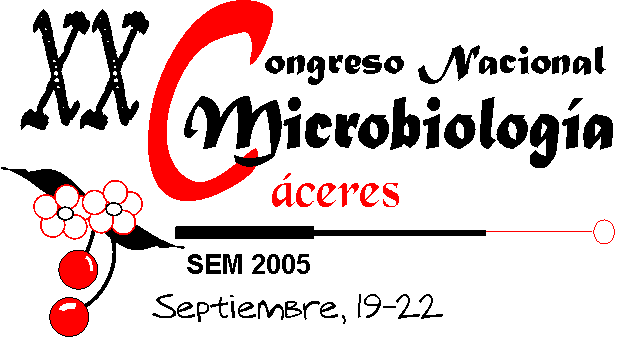

F - 264
1Agrarian Production Department and Environmental Science Department. Public University of Navarra E- 31006 Pamplona – Spain and University of Pamplona – Colombia, e-mail: julianparada@yahoo.com
Protein represents an essential part of our daily nutrient intake; wich has to cover our requirements for growth, maintenance and metabolic activity of cells and organs during all stages of life. The use of fungi as food is not new. Higher fungi, know as mushrooms, have been used as food flavouring for centuries. Early man picked wild mushrooms from natural habitats, largely as a supplement to an otherwise monotonous diet, but probably did no use mushrooms as a primary source of protein. Pleurotus ostreatus (oyster mushroom) is an edible basidiomycete, is a wood destroying saprophytic fungus. This fungus present an increase of biotechnological interest due to chemicals related to lignin degradation products, and to produce secondary metabolites with pharmaceutical applications and some proteins of industrial potential.
The present work was designed to study the effects of supplementation a control diet with Pleurotus ostreatus mycelium for evaluation a nutritional value of mycoprotein and possible cholesterol lowering.
Forty-four male Wistar rats were divided into six groups that were fed during thirty-one days with diets supplemented with 2,5% and 5% P. ostreatus mycelia and/or 1% cholesterol (Control; C + M 2,5%; C + M 5%; C + Ch 1%; C + M 2,5% + 1% Ch; C + M 5% + 1% Ch) respectively. All the diets were isoenergetic and isonitrogenous and meet the requirements of growing animals (AIN-93). Body weight, food and water intake, faecal and urine excreted were registered daily, after decapitation fresh weight of main organs were registered and parameter haematics were analysed. An inter laboratory study involving all nutritional parameters were carried out.
No differences in food intake, final body weight, weight gain, and daily weight gain were founded among the six groups. Significantly different (P<0.05) were founded into C + M 5% group compared with control group in Body Growth Index (BGI).
To finish this study, we will carry out the analysis of the others nutritional and haematics parameters that we are interested.